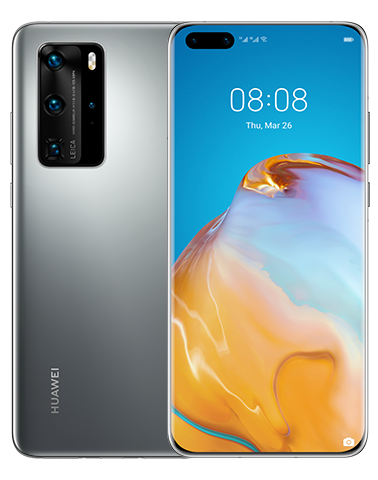Introduction to dual-frequency GPS
| Introduction to dual-frequency GPS |
Question 1: What is dual-frequency GPS?
Answer: The GPS system mainly uses two frequency bands: L1 and L5. Single-frequency GPS phones can only receive satellite signals transmitted on the L1 frequency band, while dual-frequency GPS phones can receive satellite signals from both L1 and L5 frequency bands. Currently, the GPS, Galileo, and QZSS satellite systems broadcast civil signals in the L5 band, which are GPS L5C, Galileo E5a, and QZSS L5 signals. It is estimated that all satellites working in orbit will support dual-frequency signals by the end of 2020, with the total number of available satellites in excess of 60.
Question 2: What are the advantages of dual-frequency GPS?
Answer: The navigational positioning is more accurate. The ranging code chip rate of GPS L5C and Galileo E5a signals is 10 times greater than that of L1 signals. Therefore, the suppression capability of multipath errors is increased by about 10 times. In addition, the L5 band has a high bandwidth and transmission capability, which results in greatly improved anti-interference capabilities and noise management.
Question 3: Is my phone compatible with dual-frequency GPS?
You can search for the corresponding product parameters in Huawei Vmall.
In addition, the satellite searching tool (such as GPSTest) cannot be used to determine whether the received satellite signals are dual-frequency signals. You need to use a dedicated logging tool (for example, GNSSLogger) to capture GNSS measurement data and to determine whether the phone supports dual-frequency GPS.


